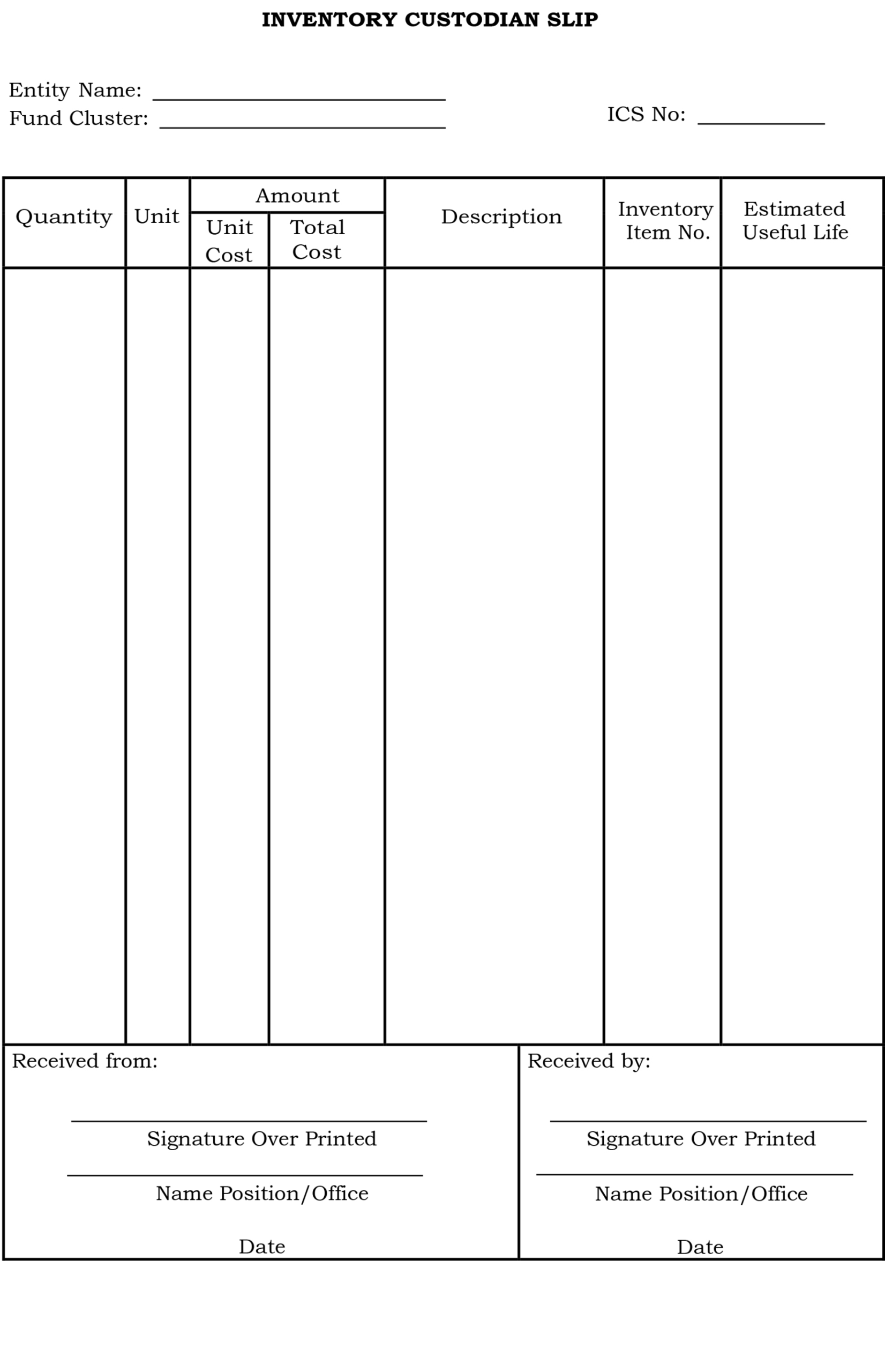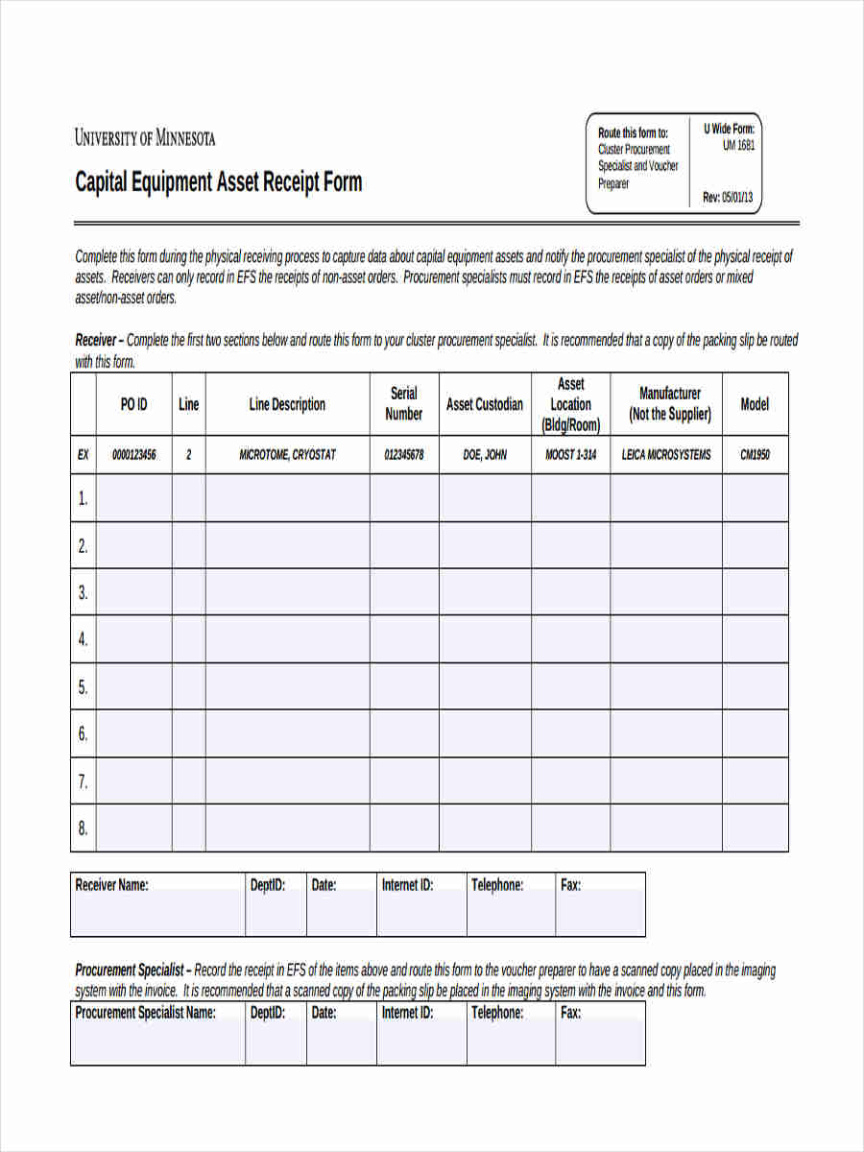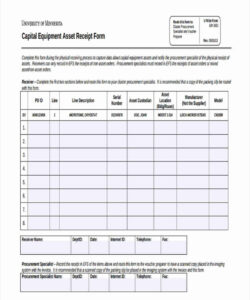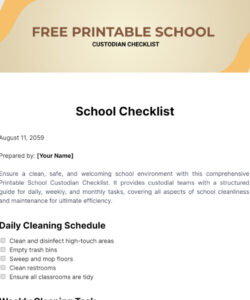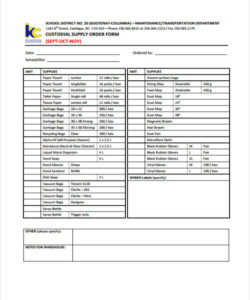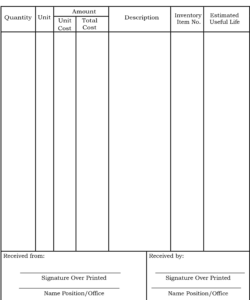Blank inventory custodian slip template sample -Ever found yourself needing a simple and effective way to record something, whether it’s a money exchange, a order dispatch, or even just a reminder for a peer? You’re not alone. We’ve all been there, scrambling for a fast document and trying to interpret unclear notes later. That’s where the advantage of a properly formatted document comes in. It’s a straightforward but effective solution that can bring order to so many daily processes.
Think of it as your automated tool, prepared to record key data in a neat and structured way. From logging financial activities to monitoring stock changes, the possibilities are numerous. Plus, with the ideal format, you can customize it to perfectly fit your unique preferences, inserting your company emblem, company information, or any other details that matter most to you.
In the age of technology, pre-made forms are readily available online, often at no cost. These templates can vary from quick payment slips to extensive financial logs and other variations. Many software programs, like Microsoft Word or XLS sheets, also feature ready-to-use forms that you can easily modify. We’ll take a closer look at some real-world applications and everyday implementations a bit later. So, let’s unpack the world of slip templates and how they can enhance your data management.
A pre-formatted document, by definition, is a standardized document created to log essential details in a consistent structure. Its strength lies in its adaptability; it can be modified to suit a broad range of uses. From logging monetary exchanges to documenting inventory changes, the value of a properly structured slip template is undeniable. Picture a shop manager precisely logging revenue and expenses. A structured fund receipt or a money exchange document can offer a well-organized record of each financial event, preventing inaccuracies and simplifying accounting processes.
Transaction receipts are essential for organizations accepting various forms of payment. They help you to log the payment timestamp, payer’s name, total transaction sum, money transfer type (cash, bank transfer, digital banking), and any relevant financial references. Banking records, on the other hand, are necessary for anyone making bank deposits, allowing users to accurately track the financial total, the account number, and the transaction timestamp. For charitable groups, donation slips serve as key logs of contributions, including the contributor data, the financial contribution, and any specific designations for the resources.
Even the most basic transaction records can be highly valuable for tracking minor purchases or personal expenses. These typically feature sections for the transaction day, goods bought, price, and the seller’s information. The depth of data in each document will vary, so evaluate what information you need to capture. Some might provide areas for additional remarks, while others are more simplified and focused on core details.
Furthermore, a professionally formatted structured form can boost business integrity. It shows that you’re systematic and detail-oriented, which can build trust with customers and partners. A clear and concise document optimizes for all users to understand the information being presented, minimizing the likelihood of confusion and disputes.
Different types of pre-designed forms are available to accommodate specific needs. A bank deposit slip template, for example, will contain areas for the financial identifier, the fund sender, and the money submitted. A transaction receipt form, on the other hand, might include sections for the transaction sender, the vendor information, the date of payment, and the payment amount. The decision of document will be determined by the specific data you need to log and the specific requirements of your business.
The world of formatted documents is unexpectedly vast, with each version fitting a particular requirement. One common type is the receipt slip, designed for log a transaction between a customer and a seller. It typically includes sections for the recorded timestamp, products bought, money exchanged, and any financial fees. Another widely utilized format is the banking record, structured for record money transfers processed within a monetary profile. This template typically features data spaces for the account number, recorded moment, funds transferred, and any supporting details, like monetary denominations.
Another great resource is Canva, a widely used creative software that provides a wide variety of editable designs. While this tool follows a partially free system, many of their structured documents are accessible without charge, and you can effortlessly adjust them to match your business identity. Look for pre-designed formats related to invoices, transaction confirmations, or funding slips, and personalize them to your specific needs. Just be aware of the platform watermark on cost-free designs.
When you’ve established the basic structure of your form, you can customize it additionally by incorporating dynamic adjustments or entry restrictions. Conditional formatting enables you to automatically highlight certain data points based on their content. For example, you could accentuate all payments that are overdue or all contributions that exceed a certain limit. Entry checks can help to ensure that the data inputted into your form is correct and consistent. For instance, you could define a guideline that requires users to provide a correct timestamp or a accurate online identifier.
Make sure to search on web directories! A simple search for complimentary transaction records or cost-free fund tracking documents will produce a large number of options. Be sure to verify the reputation of the source before geting any templates to confirm they are secure and trustworthy. Look for pages with good feedback and a clear privacy policy.
Consider the positive aspects of applying a consistent and structured document. The application of a formatted document not only helps with organization but also ensures accuracy and uniformity in record-keeping. By unifying the way data is captured, it reduces the possibility of mistakes and omissions. This is especially critical in cases where compliance and data verification are vital. It also cuts down on processing duration in the long run, as the fields are already set, and you just need to fill them in.
Ultimately, a slip template is a essential tool for everyday people and companies equally. Its adaptability and modifiable structure make it ideal for a wide range of applications, from monitoring payments to documenting inventory changes. By implementing a professionally formatted template, you can enhance the error-free nature and standardization of your records, reduce effort, and simplify your processes. Whether you choose to use a ready-made form or design your own, the key is to locate a method that suits your requirements and supports structured management.
So, as you can see, having slip templates can greatly simplify your workflow. They’re a practical approach to a common problem of requiring to capture information effectively and without errors. Whether you choose ready-to-use templates or decide to develop your own tailored formats, the main focus is to choose formatted forms that suit your needs and help you to accomplish your targets. Adopting these compact yet powerful organizational tools can bring about valuable upgrades in productivity and process organization.
The picture above posted by admin on May, 24 2025. This awesome gallery listed under Slip Templates category. I hope you will like it. If you want to download the image to your disk in top quality, the simplest way is by right click on the picture and select “Save As” or you can download it by clicking on the share button (X, Facebook, Instagram or Tiktok) to show the download button right below the picture.
